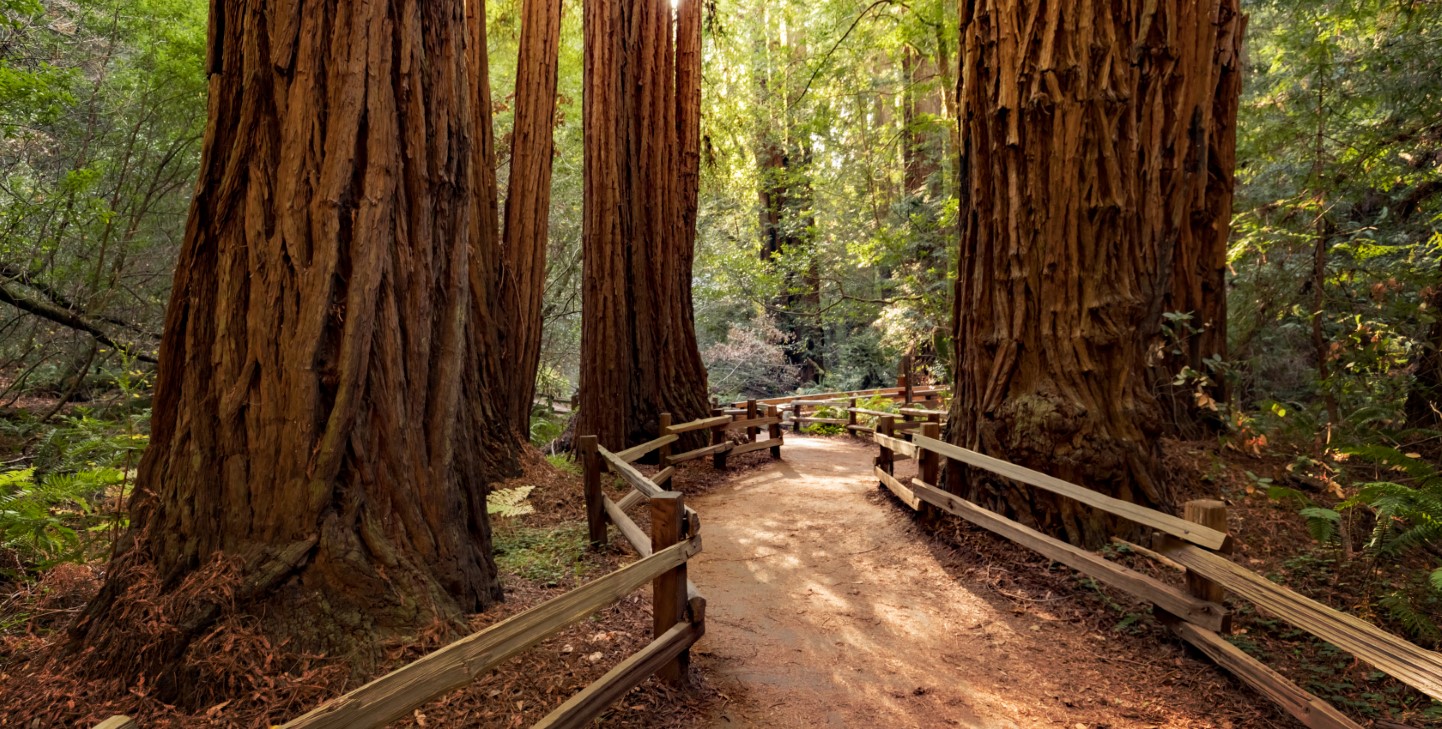Excited to take a gap year after high school and break from studying? Not only does this mean you get to change up your routines but you can also find adventure and purpose.
GVI
Posted: April 20, 2023

Petrina Darrah
Posted: May 20, 2023
Trees are essential to our planet’s health and well-being. They provide oxygen, absorb carbon dioxide, support wildlife, and offer numerous other benefits to humans and the environment. However, many tree species are in danger of extinction due to various threats, including deforestation, habitat destruction, climate change, and the introduction of invasive species. In this article, we will explore the importance of preserving endangered tree species and discuss some of the ways we can help save them.
Deforestation is one of the leading causes of tree species endangerment. According to the World Wildlife Fund (WWF), about 18 million acres of forest are lost each year, which is equivalent to 27 soccer fields every minute. Deforestation is often driven by human activities such as logging, agriculture, and urbanisation, which leads to habitat loss and fragmentation, making it difficult for tree species to survive.
Habitat destruction is another significant threat to tree species. This can occur when forests are cleared for mining, oil drilling, and other forms of industrial development. Habitat destruction also includes the fragmentation of forests, which occurs when large areas of forest are cut into smaller sections, causing habitat loss and isolation.
Climate change is also affecting tree species. Higher temperatures, drought, and more frequent and severe weather events such as storms, floods, and wildfires can all harm trees. Climate change can also alter precipitation patterns, causing changes in the distribution of tree species.
Introduction of invasive species is another major threat to tree species. Invasive species are non-native species that are introduced into new environments and can quickly spread, outcompeting and displacing native species. Invasive species can cause significant ecological and economic harm, and tree species are no exception.
Many tree species are currently endangered, with some on the brink of extinction. The International Union for Conservation of Nature (IUCN) Red List of Threatened Species has identified more than 9,000 tree species as threatened with extinction. Some of the most endangered tree species include the Madagascar rosewood, the Chinese water fir, and the Franklinia tree.
The Madagascar rosewood, also known as Dalbergia maritima, is found only in Madagascar and is prized for its beautiful wood. However, illegal logging and habitat loss have caused the species to decline rapidly, with estimates suggesting that less than 10% of the original population remains.
The Chinese water fir, also known as Cunninghamia lanceolata, is a slow-growing tree found in China. Its wood is highly valued for its durability and resistance to decay. However, logging and habitat loss have caused the species to decline significantly, with some estimates suggesting that only 1% of the original population remains.
The Franklinia tree, also known as Franklinia alatamaha, is a small tree that was discovered in the late 1700s in Georgia, USA. However, the species has not been seen in the wild since the early 1800s and is now considered extinct in the wild. It is believed that habitat loss and disease caused the extinction of the species.
To protect endangered tree species, various conservation efforts are underway. Governments and organisations worldwide have implemented laws and regulations to protect endangered tree species from illegal logging, hunting, and habitat destruction. Protected areas, such as national parks, forest reserves, and wildlife sanctuaries, provide a safe haven for endangered tree species and their habitats.
Conservation projects and initiatives, such as reforestation, habitat restoration, and seed banking, are also essential for saving endangered tree species. Reintroduction programs, where endangered tree species are planted in their natural habitats, can help to restore degraded habitats and increase the population of endangered species.
Collaboration between organisations and communities is also crucial in conservation efforts. Engaging local communities in conservation projects, raising awareness, and promoting sustainable practices can help to reduce the negative impacts of human activities on tree species.

The future of endangered tree species depends on ongoing conservation efforts. While some species have been successfully saved from extinction, many others remain critically endangered. If we fail to protect endangered tree species, we risk losing not only the species themselves but also the benefits they provide to the environment and humans.
However, successful conservation efforts can have positive outcomes. Restoring habitats and increasing the population of endangered tree species can help to improve the health and resilience of ecosystems, reduce the risk of species loss, and promote biodiversity.
If you’re passionate about conservation and want to make a difference in preserving endangered tree species, volunteering with GVI is a great opportunity. You could volunteer in locations like Madagascar, which is home to some of the world’s most endangered tree species, or Costa Rica, home to biodiverse rainforests.
By volunteering in conservation with GVI, you can play a direct role in preserving endangered tree species and making a positive impact on the environment. You will also have the chance to learn about the local culture and gain valuable conservation skills and experience.
Endangered tree species are facing numerous threats, but with collective efforts and conservation initiatives, we can help to preserve them for future generations. By supporting conservation efforts, volunteering with organisations like GVI, and raising awareness about the importance of preserving endangered tree species, we can make a difference in protecting these vital parts of our planet’s biodiversity.
By Petrina Darrah

Excited to take a gap year after high school and break from studying? Not only does this mean you get to change up your routines but you can also find adventure and purpose.
GVI
Posted: April 20, 2023